Training Muscle Fibers for Different Sports and Positions

When it comes to athletic performance training, one size does not fit all. Every sport and position demands a unique blend of strength, speed, and endurance. The secret sauce? Understanding and training the right muscle fibers. By leveraging objective data like velocity and power, athletes and coaches can optimize training, boost performance, and gain a competitive edge.
The Science of Muscle Fibers
Muscle fibers come in three main types: Type I (slow-twitch), Type IIa (fast-twitch, oxidative), and Type IIb (fast-twitch, glycolytic). Each type has distinct characteristics:
- Type I Fibers: These are endurance champions. They contract slowly but can sustain activity for long periods. Think marathon runners and soccer midfielders.
- Type IIa Fibers: The best of both worlds, these fibers offer a balance of power and endurance. They're crucial for sports that require sustained bursts of energy, like basketball and hockey.
- Type IIb Fibers: Pure powerhouses, these fibers contract quickly and generate maximum force. They're essential for explosive movements seen in sprinters, weightlifters, and football linemen.
Tailoring Training for Sports and Positions
Training programs must be as varied as the sports they support. Here's how different muscle fiber types can be targeted for specific sports and positions:
1. Endurance Sports (e.g., Long-Distance Running, Cycling)
- Focus: Type I Fibers
- Training Methods: High-repetition, low-resistance exercises; long-duration cardiovascular activities.
- Key Metrics: Consistency in lower power output over long periods; heart rate monitoring to ensure sustained effort.
2. Mixed Sports (e.g., Soccer, Basketball, Hockey)
- Focus: Type IIa Fibers
- Training Methods: Moderate resistance training with medium repetitions; interval training to simulate game conditions.
- Key Metrics: Power endurance; the ability to maintain higher power outputs with minimal drop-off.
3. Power Sports (e.g., Sprinting, Weightlifting, Football Linemen)
- Focus: Type IIb Fibers
- Training Methods: High-resistance, low-repetition exercises; plyometrics; short, high-intensity sprints.
- Key Metrics: Peak power output; velocity in explosive movements.
Using Objective Data to Guide Training
The days of guessing are over. Objective data is revolutionizing how we understand and train muscle fibers. Here's how:
1. Velocity-Based Training (VBT)
- Why It Matters: Velocity measures how fast a weight is moved, indicating which muscle fibers are being engaged. High velocities typically recruit more fast-twitch fibers.
- Application: Using tools like the Perch system, athletes can track bar and movement speed in real-time, ensuring they're training at the correct intensity to target desired muscle fibers.
2. Power Output
- Why It Matters: Power (force x velocity) is a key indicator of an athlete's explosive capabilities. Monitoring power output helps tailor training to develop the specific energy systems and muscle fibers required for peak performance.
- Application: By analyzing power data, coaches can adjust training loads to maximize Type II fiber recruitment for sports requiring quick, powerful movements.
3. Fatigue Monitoring
- Why It Matters: Understanding how and when muscles fatigue helps prevent overtraining and injury. It also provides insight into which muscle fibers are being taxed and when.
- Application: Wearable technology and integrated monitoring systems can track athlete fatigue, informing smarter training decisions and recovery strategies.
Translating Training to Performance
Objective data doesn't just stay in the weight room; it translates directly to performance on the field. Here's how:
- Enhanced Speed and Agility: By focusing on Type II fibers through VBT, athletes can improve their sprint times and agility, crucial for sports like football and soccer.
- Increased Endurance: Monitoring and training Type I fibers with consistent cardiovascular work helps athletes maintain peak performance throughout extended games or matches.
- Optimized Power: Power sports athletes see significant gains by targeting Type IIb fibers, leading to explosive starts, powerful lifts, and dominant performances in contact sports.
Conclusion
Training muscle fibers for different sports and positions isn't just about lifting weights or running drills—it's about precision, data, and customization. By understanding the science of muscle fibers and leveraging objective data, athletes and coaches can create tailored training programs that maximize performance and minimize injury. The result? Athletes who are faster, stronger, and more prepared to excel in their sport. With the right data and tools, every athlete can unlock their full potential and achieve their goals on the field and in the weight room.
Read more about Perch here! And check out Product Videos here. And our support website here.
Back to basics? Review the origins of VBT and Strength Training!

Start Gathering Data With Perch Today!
Reach out to us to speak with a representative and get started using Perch in your facility.

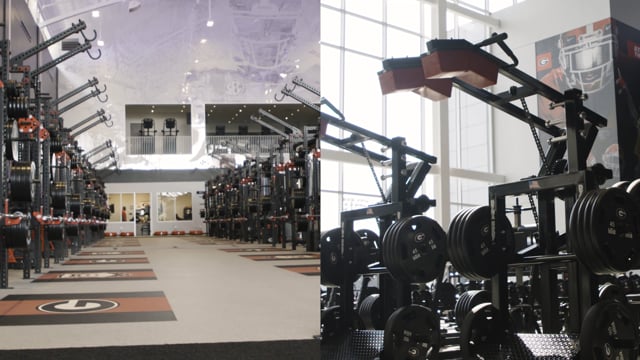
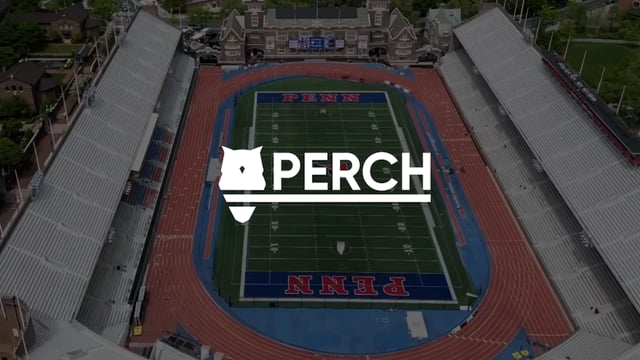

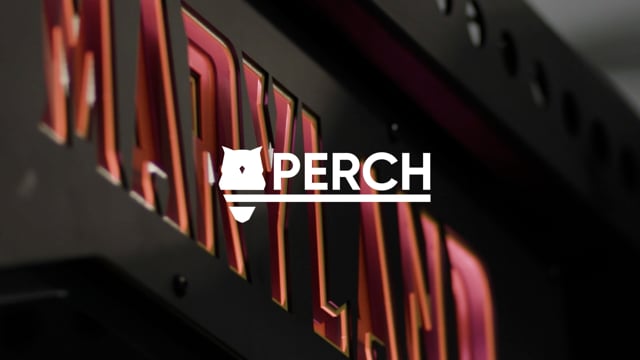
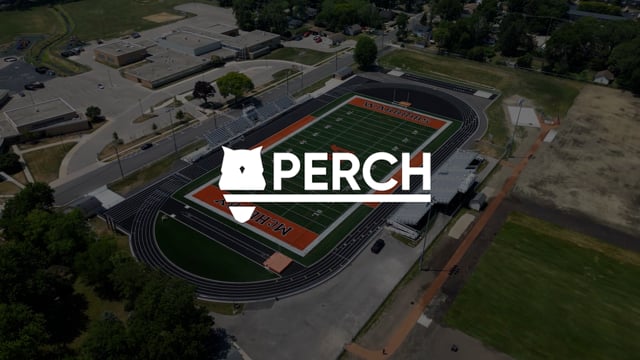
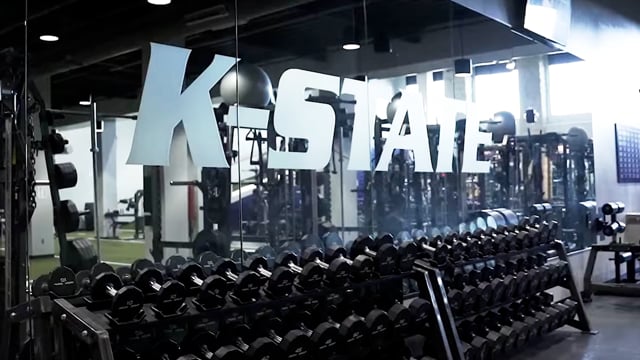

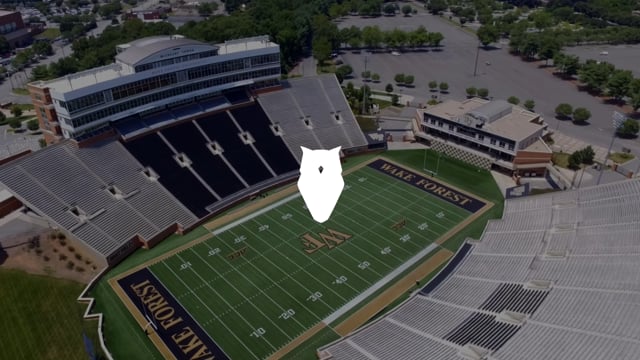































































.avif)

































